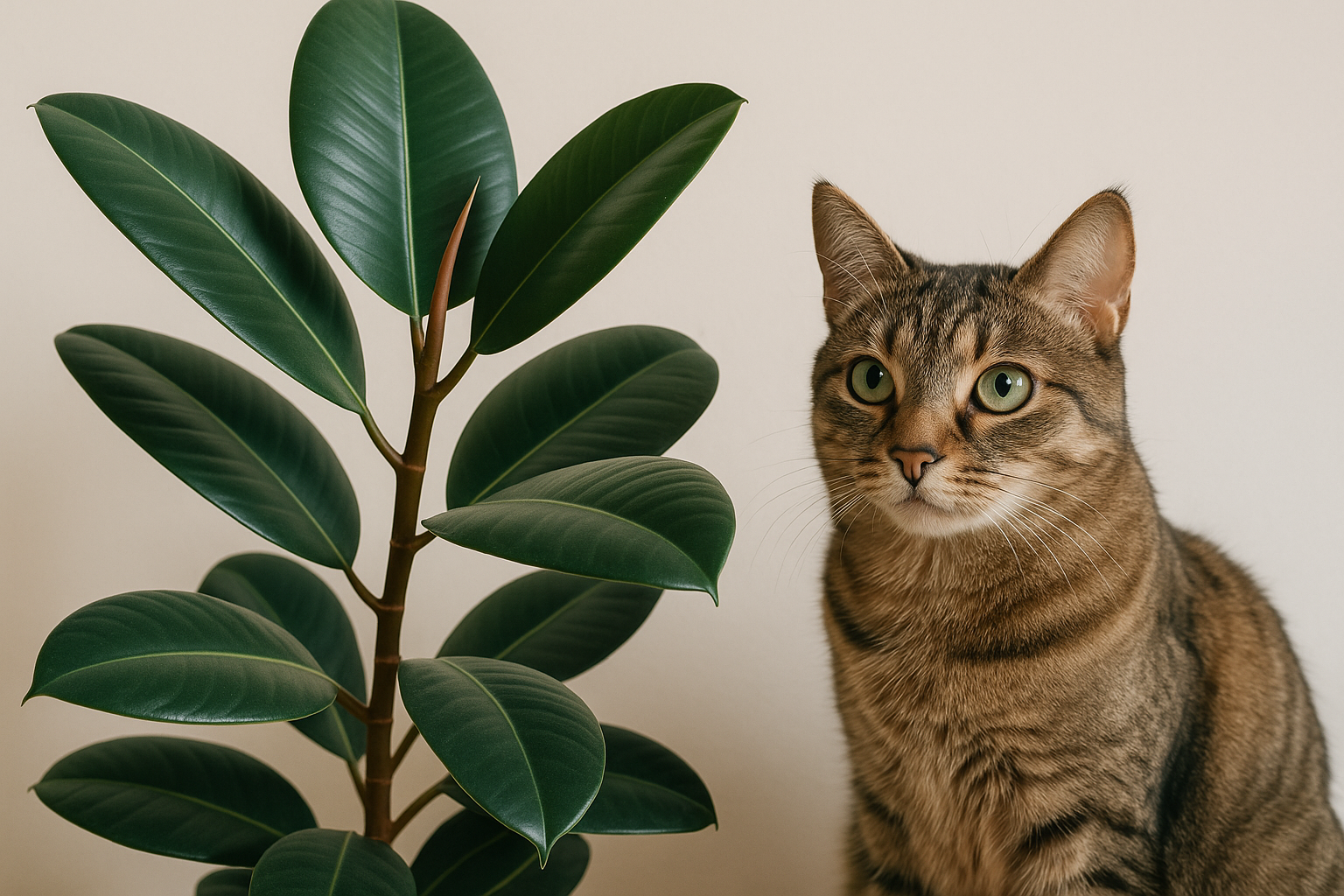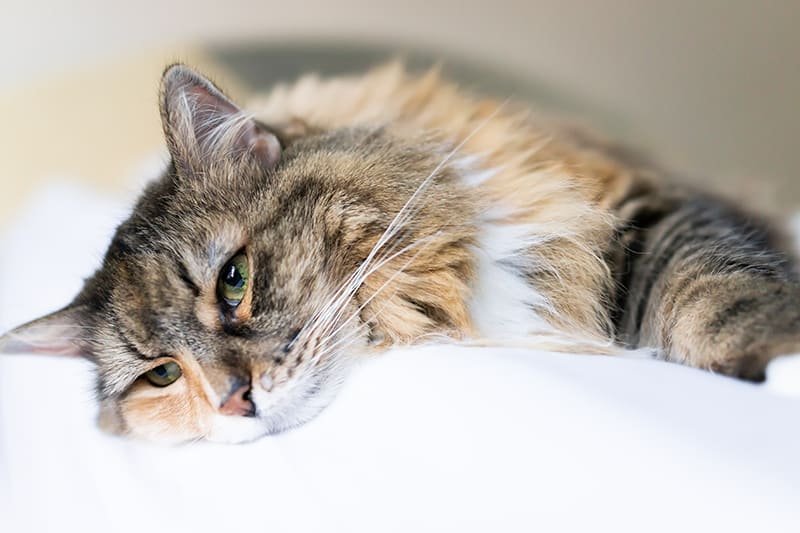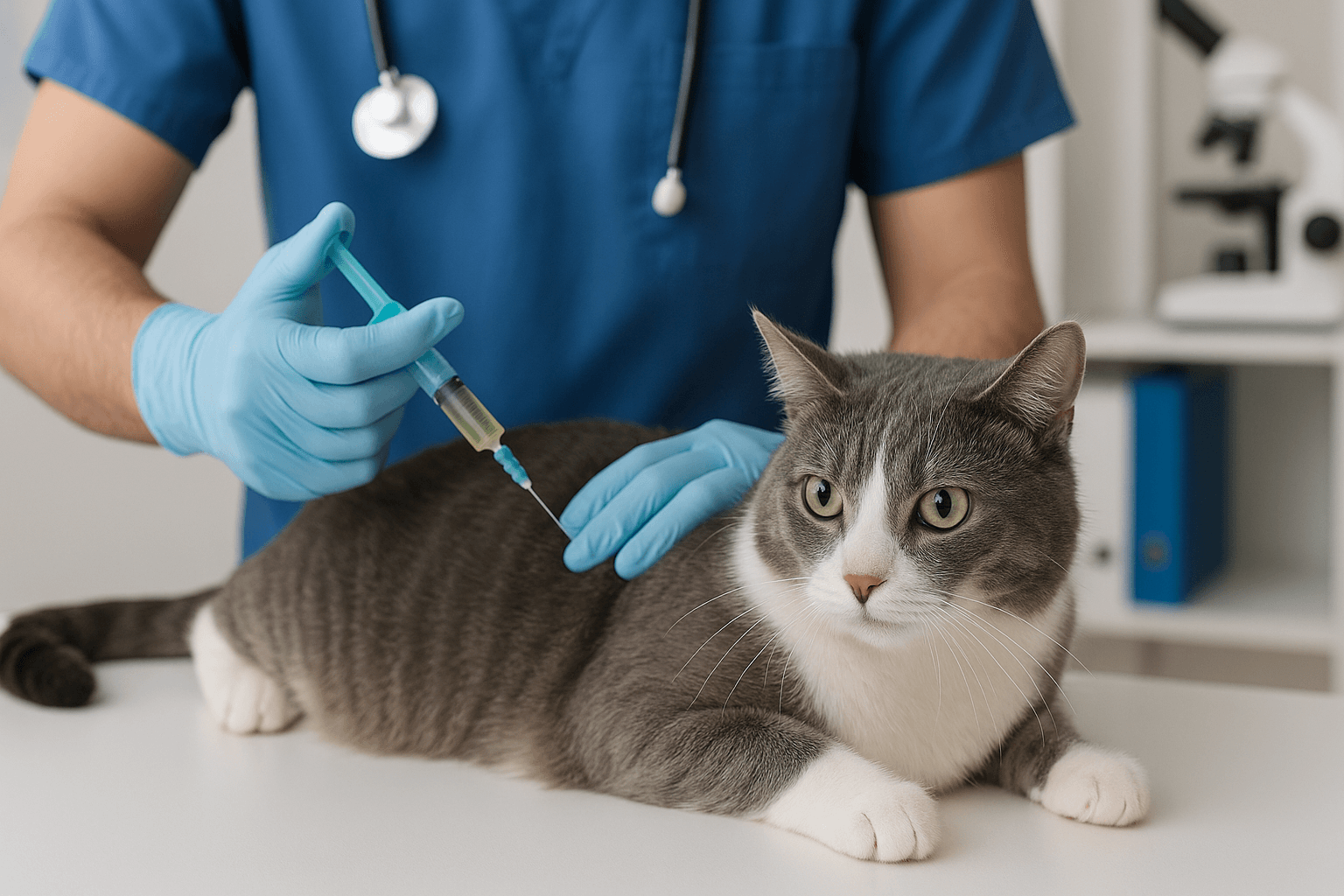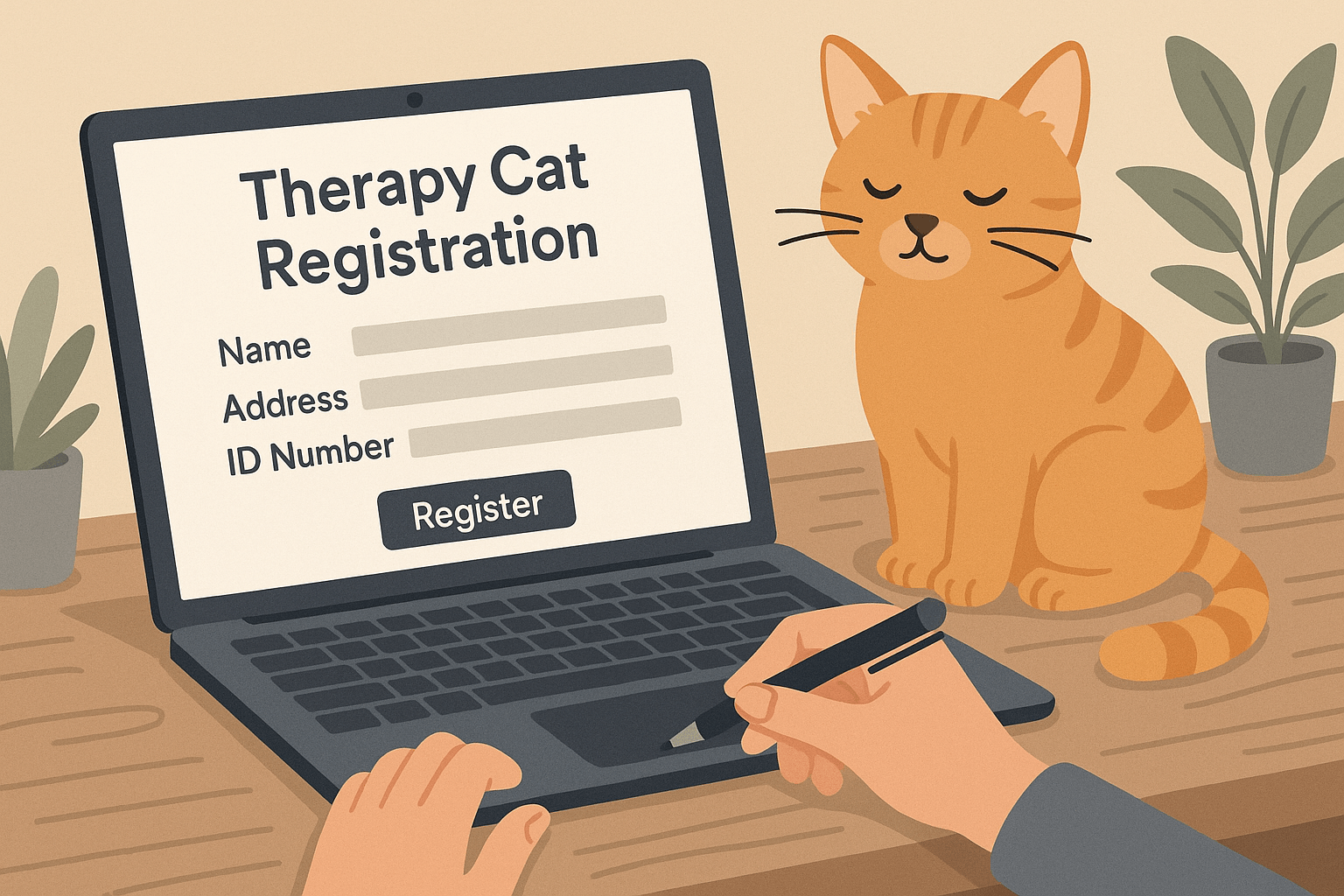Can Cats Eat Flour? What You Need to Know
As a cat owner, you may have wondered whether certain human foods are safe for your feline friend. One such question that often arises is, “Can cats eat flour?” While flour itself isn’t toxic to cats, it’s important to understand its nutritional value (or lack thereof) and potential risks if consumed in large amounts. Cats are obligate carnivores, meaning their diet should primarily consist of animal-based proteins, but curiosity can sometimes lead them to nibble on non-toxic items like flour. In this blog post, we’ll explore everything you need to know about cats and flour, including whether it’s safe, what precautions to take, and how to keep your furry companion healthy.
Is Flour Safe for Cats? Key Considerations
While flour isn’t inherently toxic to cats, there are several factors to consider before allowing your feline to consume it. Understanding these points will help you make informed decisions about your cat’s diet and safety.
Non-Toxic Nature of Plain Flour:
Plain flour, such as all-purpose or whole wheat, is not poisonous to cats if ingested in small amounts. However, it offers no nutritional benefits.Risk of Choking or Blockages:
Large quantities of dry flour can clump in a cat’s throat or digestive tract, potentially causing choking or blockages.Potential Allergic Reactions:
Some cats may have sensitivities or allergies to certain grains used in flour, leading to symptoms like vomiting or diarrhea.Processed vs. Raw Flour:
Raw flour may contain harmful bacteria like E. coli, which poses health risks to both humans and pets. Always ensure flour is cooked before exposure.Empty Calories with No Nutritional Value:
Flour lacks essential nutrients like protein, taurine, and vitamins that cats need to thrive, making it an unnecessary addition to their diet.
While flour isn’t toxic, it’s best to avoid feeding it to your cat intentionally and focus on species-appropriate foods instead.
Signs Your Cat May Have Eaten Too Much Flour
If your cat accidentally consumes flour, it’s important to monitor them for any adverse reactions. Here are some signs that may indicate they’ve eaten too much or encountered complications.
Vomiting or Diarrhea:
Gastrointestinal upset is a common reaction to consuming large amounts of flour or raw flour contaminated with bacteria.Lethargy or Weakness:
If your cat seems unusually tired or uninterested in activities, it could signal digestive distress or nutritional imbalance.Difficulty Breathing:
In rare cases, inhaling flour dust can irritate a cat’s respiratory system, leading to coughing or labored breathing.Swollen Abdomen:
A bloated stomach may indicate a blockage or excessive gas caused by flour ingestion.Loss of Appetite:
Refusal to eat or drink after consuming flour could be a sign of discomfort or illness.
If you notice any of these symptoms, consult your veterinarian promptly to rule out serious complications.
Check this guide 👉Can Cats Eat Pomegranate? Best 7 Expert Tips!
Check this guide 👉Can Cats Eat Poppy Seeds? Best 7 Expert Tips!
Check this guide 👉Can Cats Eat Squid? Best 7 Expert Tips!
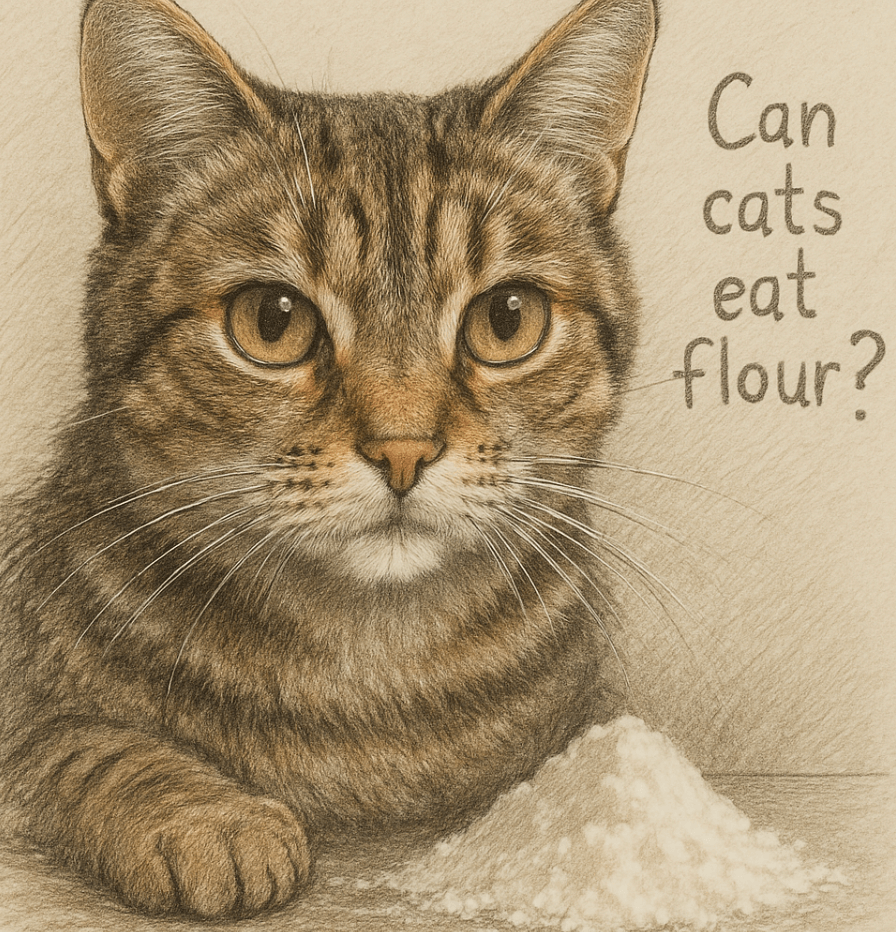
Safe Alternatives to Flour for Cats | Foods to Avoid Giving Cats |
|---|---|
Cooked plain chicken | Raw dough containing yeast |
High-quality cat kibble | Baked goods with sugar or chocolate |
Tuna packed in water (in moderation) | Processed snacks like chips or crackers |
Wet cat food with added taurine | Bread or pastries with dairy products |
Fresh water at all times | Uncooked rice or pasta |
How to Prevent Your Cat from Eating Flour
Curious cats may stumble upon flour during baking sessions or while exploring countertops. Taking preventive measures ensures their safety and minimizes accidental consumption.
Store Flour Securely:
Keep flour in tightly sealed containers and store them in cabinets or pantries out of your cat’s reach.Supervise Baking Activities:
When cooking or baking, keep your cat away from the workspace to prevent them from sneaking a taste.Clean Up Spills Immediately:
Wipe up any spilled flour right away to avoid your cat licking it off the floor or counters.Use Pet-Safe Ingredients:
Opt for pet-safe recipes if you want to include your cat in kitchen activities without risking their health.Teach Boundaries:
Train your cat to stay away from specific areas where food preparation occurs using positive reinforcement.
By implementing these strategies, you can reduce the likelihood of your cat coming into contact with flour.
Healthier Snack Options for Cats
Instead of offering flour-based treats, provide your cat with healthier alternatives that align with their dietary needs. These options ensure they receive proper nutrition while satisfying their cravings.
Cooked Meat (No Seasonings):
Plain, cooked chicken, turkey, or beef makes an excellent protein-rich snack for cats.Cat Grass:
Many cats enjoy nibbling on cat grass, which aids digestion and provides natural fiber.Freeze-Dried Treats:
Freeze-dried liver or fish treats are highly palatable and packed with nutrients.Pumpkin Puree:
Unsweetened pumpkin puree helps with digestion and can be served as an occasional treat.Hydration-Focused Snacks:
Offer wet food or broth-based treats to keep your cat hydrated and satisfied.
These healthier options cater to your cat’s carnivorous nature while keeping them happy and nourished.
Common Mistakes to Avoid When Feeding Cats Human Food
Feeding cats human food can be tempting, but it’s crucial to avoid mistakes that could jeopardize their health. Here are some pitfalls to steer clear of.
Assuming All “Safe” Foods Are Healthy:
Just because a food isn’t toxic doesn’t mean it’s nutritious for cats. Stick to foods specifically formulated for felines.Overlooking Portion Sizes:
Even safe foods can cause problems if given in excessive amounts, leading to obesity or digestive issues.Ignoring Underlying Health Conditions:
Cats with diabetes, kidney disease, or allergies require strict dietary management—avoid experimenting with new foods.Feeding Toxic Foods Accidentally:
Items like onions, garlic, chocolate, and grapes are highly toxic to cats and should never be shared.Not Consulting a Vet First:
Always seek professional advice before introducing unfamiliar foods to your cat’s diet.
Avoiding these mistakes ensures your cat stays safe and healthy.
Nutritional Needs of Cats vs. Humans
Cats and humans have vastly different dietary requirements, making it essential to recognize what works for us may not work for them.
High Protein Requirement:
Cats need diets rich in animal-based proteins to support muscle development and overall health.Essential Amino Acids Like Taurine:
Unlike humans, cats cannot synthesize taurine and must obtain it through their diet to maintain heart and eye health.Low Carbohydrate Tolerance:
Cats lack the enzymes needed to efficiently process carbs, making high-carb foods like flour unsuitable for them.Hydration Through Food:
Unlike humans who drink water freely, cats often rely on moisture-rich foods to stay hydrated.Species-Specific Vitamins and Minerals:
Cats require specific nutrients like arachidonic acid and vitamin A, which are found naturally in animal tissues.
Understanding these differences helps you provide a diet tailored to your cat’s unique needs.
Fun Ways to Engage Your Cat Without Food
While treats can be enjoyable, engaging your cat through play and enrichment is a healthier way to bond.
Interactive Toys:
Feather wands, laser pointers, and puzzle toys stimulate your cat’s hunting instincts and keep them entertained.DIY Obstacle Courses:
Create a mini agility course using household items to challenge your cat physically and mentally.Clicker Training:
Use clicker training to teach tricks or commands, rewarding them with praise rather than food.Window Perches for Bird Watching:
Install a perch near a window so your cat can observe birds and outdoor activity safely.Rotating Toys Regularly:
Keep your cat’s interest by switching out toys every few days to prevent boredom.
These activities strengthen your bond with your cat while promoting a healthy, active lifestyle.
Frequently Asked Questions About Cats and Flour
Is it okay if my cat licks a little flour?
Yes, small amounts of plain flour are unlikely to harm your cat, but it’s best to discourage this behavior.
What should I do if my cat eats raw dough?
Contact your vet immediately, as raw dough can expand in their stomach or cause bacterial infections.
Can kittens eat flour?
Kittens are more vulnerable to digestive issues; avoid giving them flour entirely.
Are gluten-free flours safe for cats?
While not toxic, gluten-free flours still lack nutritional value and should be avoided.
How can I tell if my cat has a food allergy?
Symptoms include itching, vomiting, diarrhea, or skin rashes—consult your vet for diagnosis and treatment.
Prioritizing Your Cat’s Health Around Flour and Other Foods
While flour isn’t toxic to cats, it offers no nutritional benefits and can pose risks if consumed in large quantities or in its raw form. As responsible pet owners, it’s our duty to provide our feline companions with a balanced, species-appropriate diet and minimize exposure to unnecessary ingredients like flour. By understanding what’s safe and unsafe for your cat and focusing on healthier alternatives, you can ensure they live a long, happy, and healthy life. Remember, when in doubt, always consult your veterinarian for guidance tailored to your cat’s unique needs.
Is the Rubber Tree Cat Safe? Best 7 Expert Tips! Discover expert advice on keeping rubber plants safely in cat-friendly homes and learn top tips for pet-safe plant care.
Low Red Blood Cell Count in Cats: Best 7 Expert Tips! Discover causes, symptoms, and treatment options for feline anemia. Learn how to support your cat’s health effectively with expert advice.
Understanding Megacolon Treatment: Best 7 Expert Tips! Discover effective strategies to manage feline megacolon, from dietary changes to surgical options, ensuring your cat’s comfort and long-term health.
How to Register a Therapy Cat: Best 7 Expert Tips! Discover essential steps to certify your cat as a therapy animal, prepare them for training, and make a meaningful impact in therapeutic settings.

